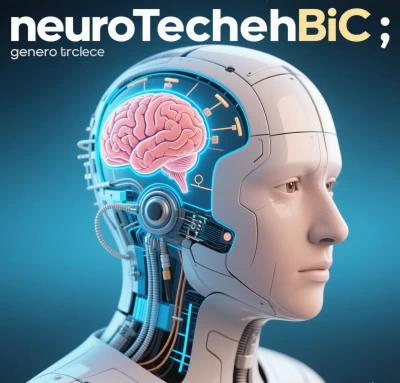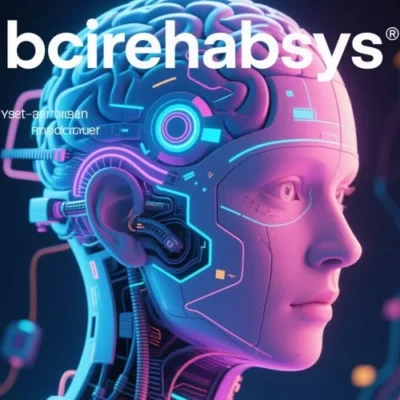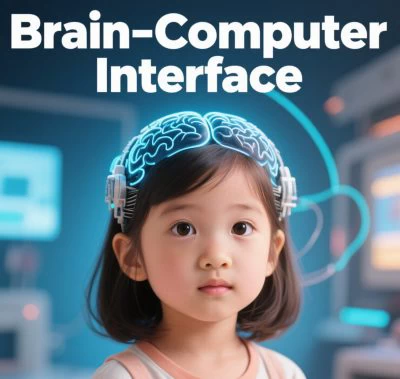 Preamble: Foundations of Neuro-Ethical Governance
Preamble: Foundations of Neuro-Ethical Governance
Recognizing neurotechnology’s unprecedented potential to transform healthcare, education, and human capabilities while posing existential threats to cognitive liberty, the European Union establishes this convention through a multistakeholder co-regulation model. This framework balances innovation with five inviolable neuro-rights:
- Mental Integrity: Protection against non-consensual neuro-modification
- Neuroprivacy: Absolute sovereignty over neural data
- Cognitive Liberty: Freedom from algorithmic manipulation
- Psychological Continuity: Preservation of personal identity
- Equitable Access: Prevention of neuro-cognitive stratification
(Fig. 1: The Neuro-Rights Pentagram)
Description: Five-pointed star visualizing interconnected rights with neural icons. Gold border signifies constitutional protection under EU Charter Article 3.
Article 1: Device Classification & Compliance Pathways
Risk-Tiered Regulatory Categorization
| Neurotechnology Type | Classification | Pre-Market Requirements |
|---|---|---|
| Class A (Non-invasive) | EEG/MEG wearables | ISO 10993-22 biocompatibility + CE cybersecurity certification |
| Class B (Semi-invasive) | Epidural implants | 3-year degradation studies + Neuroethics Impact Assessment |
| Class C (Invasive) | Deep-brain interfaces | Multi-center clinical trials + National Neuroethics Committee review |
| Augmentative Devices | Restricted category | Therapeutic use only; enhancement applications prohibited |
Conformity Assessment Protocol
1. **Technical Documentation**:
- Neural signal resolution thresholds
- Differential privacy implementation specs
- Fail-safe decoupling mechanisms
2. **Clinical Validation**:
- 200+ participant trials with 5-year neurocognitive outcome tracking
3. **Ethical Auditing**:
- Algorithmic bias testing across gender/ethnicity cohorts
- Third-party neurodata protection certification
Article 2: Neural Data Governance Framework
Neuroprivacy Implementation Standards
- Data Minimization Principle: Collection limited to medically necessary signals
- Dynamic Consent Architecture: Real-time revocation via neural switch interfaces
- Encryption Mandates:
- AES-256 for transmission
- Homomorphic encryption for cloud processing
- Quantum-resistant protocols for long-term storage
Ownership & Control Matrix
| Data Type | Controller | Processing Rights |
|---|---|---|
| Raw neuro-signals | Data subject exclusively | Non-transferable without judicial warrant |
| Processed metadata | Joint subject/controller | GDPR Article 9(4) exceptions apply |
| Population datasets | EU Neurodata Commons | Anonymized research access only |
(Fig. 2: Neural Data Lifecycle)
Description: Circular diagram showing acquisition → encrypted storage → subject-controlled processing → automated deletion pathways.
Article 3: Neuroethics Oversight Infrastructure
Tiered Governance Model
- Institutional Review Boards (IRBs):
- Mandatory neuroethicist membership
- Algorithmic transparency disclosures
- National Neuroethics Committees:
- Authority to halt commercial deployments
- Longitudinal outcome registries
- European Neurotechnology Agency (ENA):
- Centralized incident reporting system
- Cross-border enforcement coordination
Compliance Enforcement Mechanisms
- Neuro-Impact Assessments: Required for all public funding recipients
- Algorithmic Audits: Annual third-party validation of AI/ML components
- Neurodata Breach Penalties: 4% global revenue or €20M (whichever higher)
Article 4: Vulnerable Population Protections
Specialized Safeguards by Group
| Population | Protective Measures | Prohibitions |
|---|---|---|
| Children (<18) | Parental + minor dual consent | Neuro-marketing data harvesting |
| Neurodivergent | Adaptive consent interfaces | Cognitive normalization therapies |
| Elderly | Age-friendly BCI design standards | Coercive cognitive enhancement |
| Incarcerated | Judicial authorization | Emotion detection in sentencing |
Equity Implementation Protocol
1. **Accessibility Requirements**:
- Tactile interfaces for motor-impaired users
- Cross-disability usability testing
2. **Affordability Mechanisms**:
- Public subsidy programs for therapeutic BCIs
- Open-source neuro-OS licensing
3. **Global Solidarity Fund**:
- 1.5% revenue contribution from manufacturers
- Equipment donations to LMICs
Article 5: Enforcement & Accountability
Liability Attribution Framework
| Failure Scenario | Liable Entity | Remedial Actions |
|---|---|---|
| Device malfunction | Manufacturer | Recall + neural restoration therapy |
| Unauthorized access | Data processor | Neuroprivacy violation fines |
| Algorithmic harm | Developer | Mandatory model retraining |
| Enhancement misuse | End-user | Device deactivation + sanctions |
Judicial Provisions
- Neuro-Rights Standing: Individuals may sue for psychological damages
- Expert Witness Standards: Certified neuroethicist testimony required
- Forensic Neurodata Admissibility: Requires court-ordered decryption
Article 6: Global Governance Integration
Interoperability Commitments
- Technical Harmonization:
- IEEE P2872 neural data formatting
- OECD neuro-signal calibration protocols
- Regulatory Reciprocity:
- Mutual recognition of EU-certified devices
- Extradition treaties for neuro-crimes
- UNESCO Alignment:
- Adoption of neural integrity as human right
- Joint neurotechnology assessment missions
(Fig. 3: Multilevel Governance Architecture)
Description: Nested circles showing local ethics boards → national agencies → EU institutions → international bodies with bidirectional accountability arrows.
Implementation Roadmap: 2025-2030
Phase 1: Institutionalization (2025-2026)
- ENA establishment in Brussels
- Neuro-Rights Ombudsman appointments
Phase 2: Technical Integration (2027-2028)
- Mandatory homomorphic encryption
- Pan-European neurodata storage network
Phase 3: Global Leadership (2029-2030)
- Model legislation for ASEAN/African Union
- Neurotechnology arms control treaties
“This convention transforms neuro-ethics from philosophical debate into actionable rights – ensuring our minds remain the final frontier of human sovereignty.”
— European Neuroethics Council Inaugural Statement, 2025
Data sourced from publicly available references. For collaboration inquiries, contact: chuanchuan810@gmail.com.




